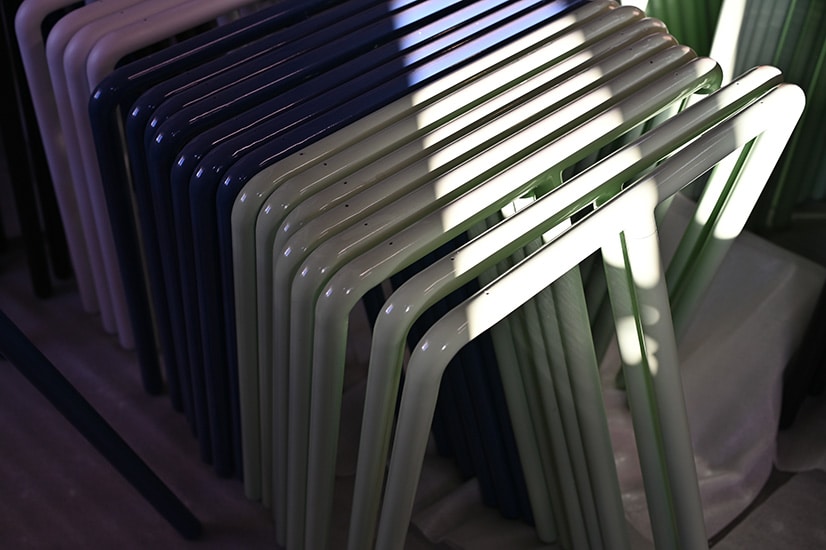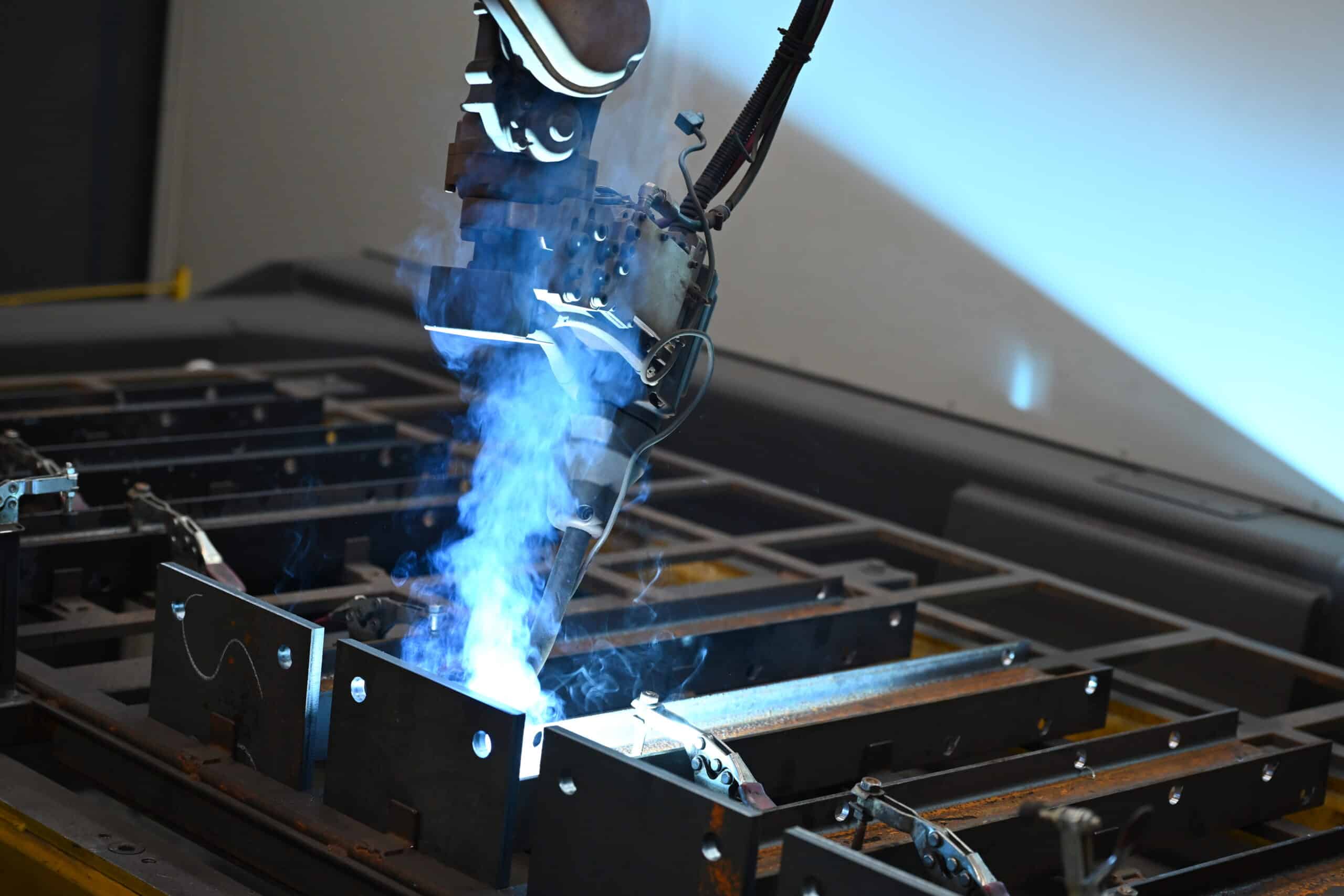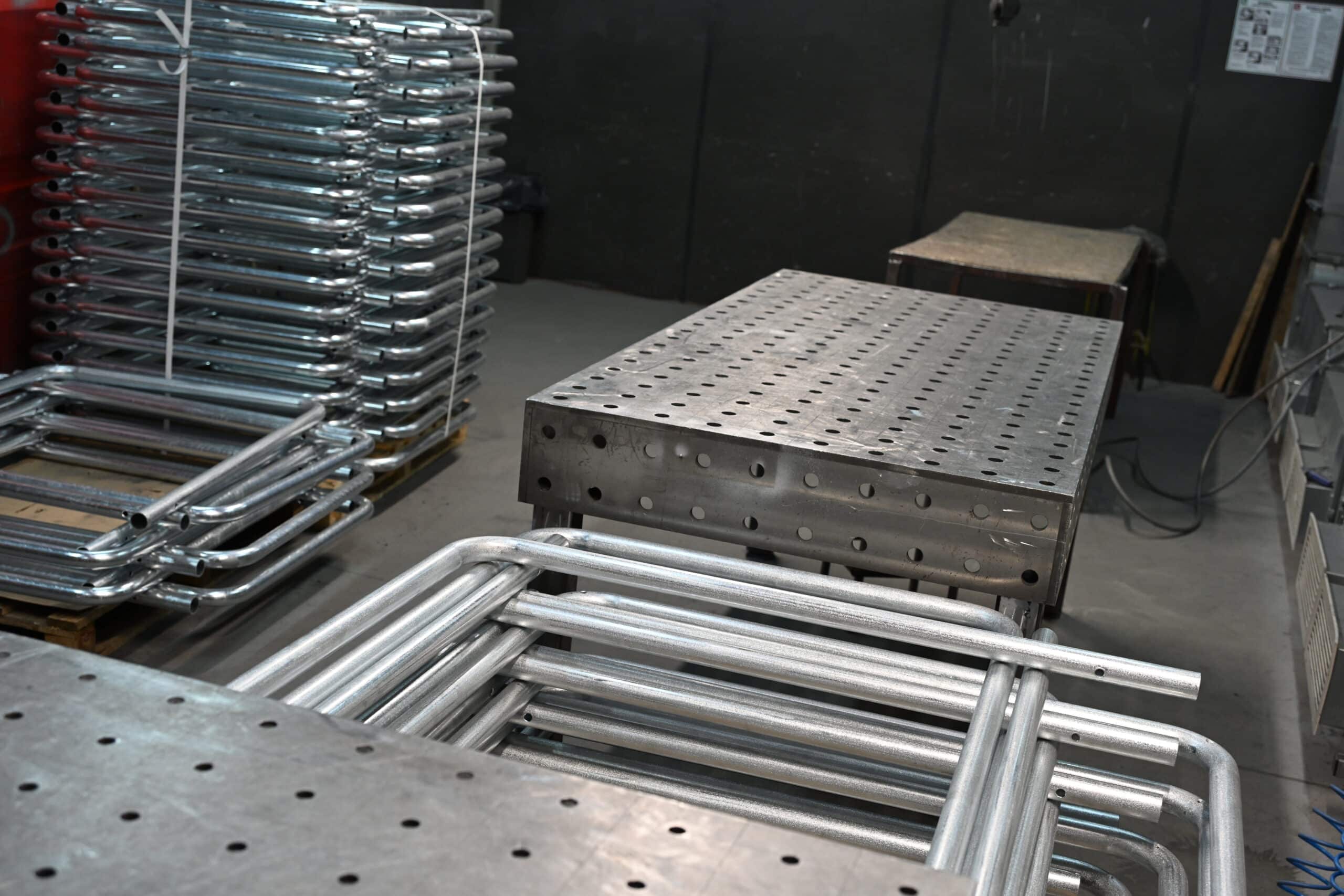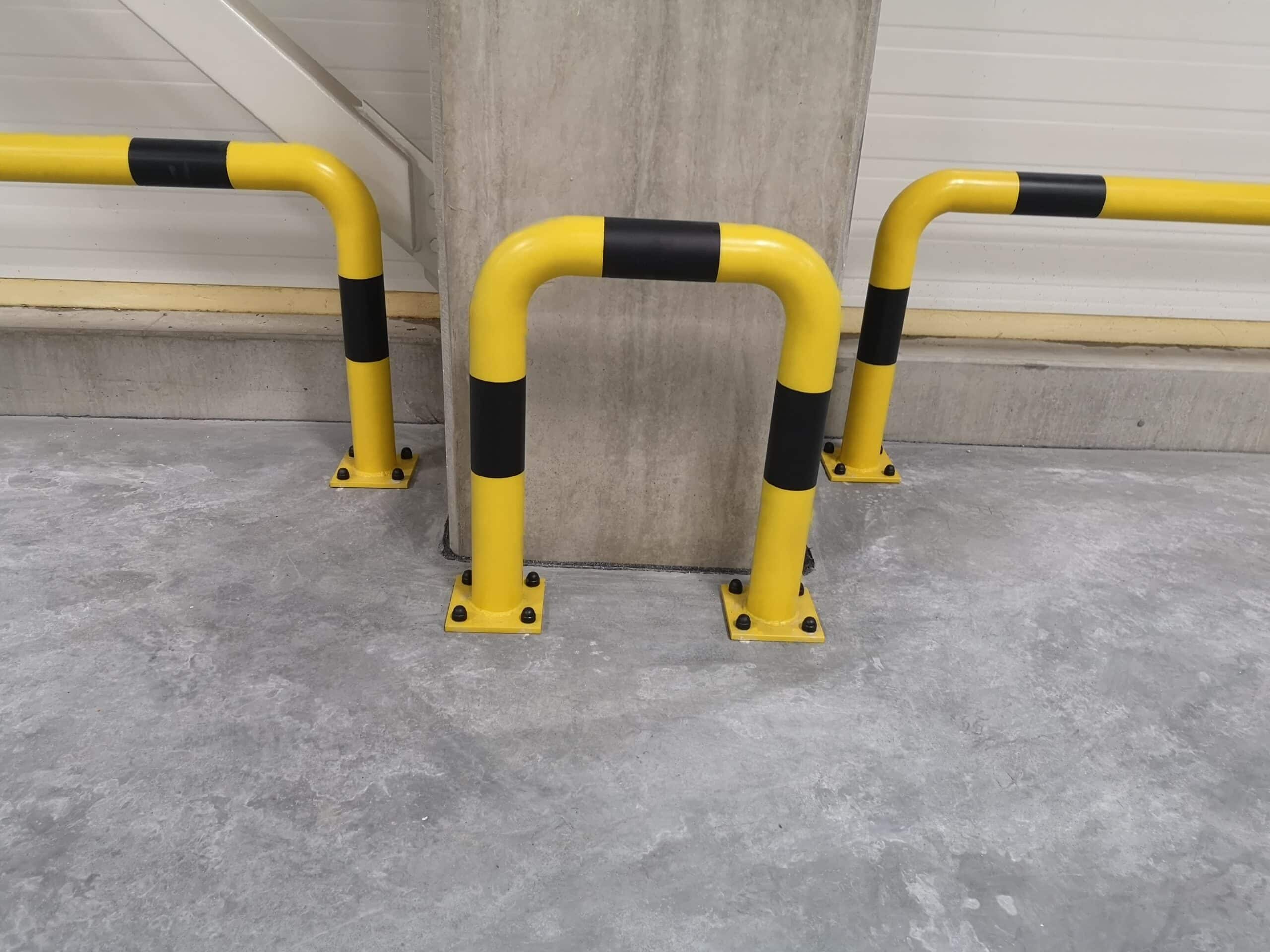
A clash with regulations – what standards should barriers and bumpers in industrial spaces meet?
What kind of bumpers to choose for a warehouse hall? Bumpers, guardrails and other technical protection are not just elements
In most industrial facilities, standard protection is sufficient – ready-made corner bumpers, linear barriers or wheel guides in typical sizes. But what if the layout of the hall, the maneuvering area or the specifics of the activity go beyond the scheme? In such cases, it’s worth considering custom-designed technical safeguards that comply with the facility’s requirements and operational realities.
Customized security features work well in situations such as:
The process of ordering custom security at StalPoint is simple and transparent:
Yes, provided that the manufacturer has adequate facilities and a quality system in place. In the case of StalPoint:
This means that even non-standard “made-to-measure” products maintain full repeatability and meet the technical requirements set by investors or health and safety inspectors.
Standard solutions are cheaper and available “off-the-shelf,” but in many cases their use involves compromises. In contrast, individually designed railings and bumpers provide:
Custom engineering protection is not a luxury – it is a necessity wherever safety cannot be based on schemes. A well-designed bumper or custom barrier can determine the longevity of infrastructure, the safety of people and the cost of operation.
If you’re in doubt whether a standard product will suffice – it’s worth consulting a manufacturer who can tailor a solution to real-world working conditions. At StalPoint, this approach is a daily occurrence.

What kind of bumpers to choose for a warehouse hall? Bumpers, guardrails and other technical protection are not just elements

What is the process of manufacturing guardrails at StalPoint? – From design to finished product Behind every well-performing guardrail is

Steel and common sense – why is it better to bet on proven solutions in industrial security? In a world

What kind of bumpers to choose for a warehouse hall? Properly selected steel bumpers are a key element of infrastructure